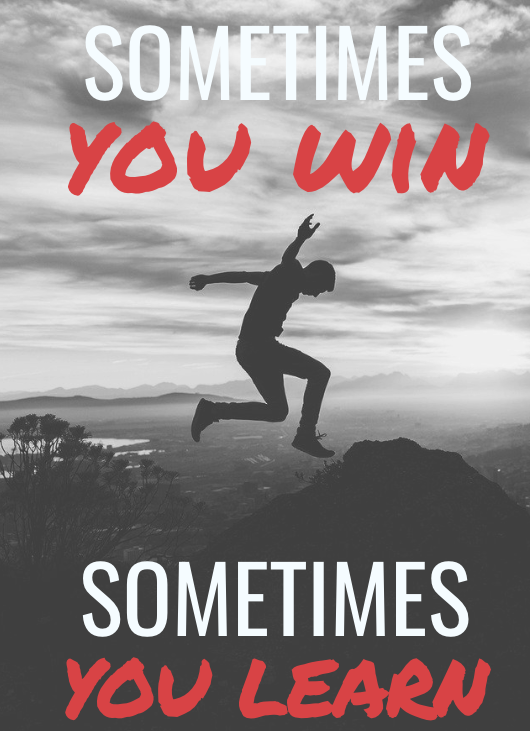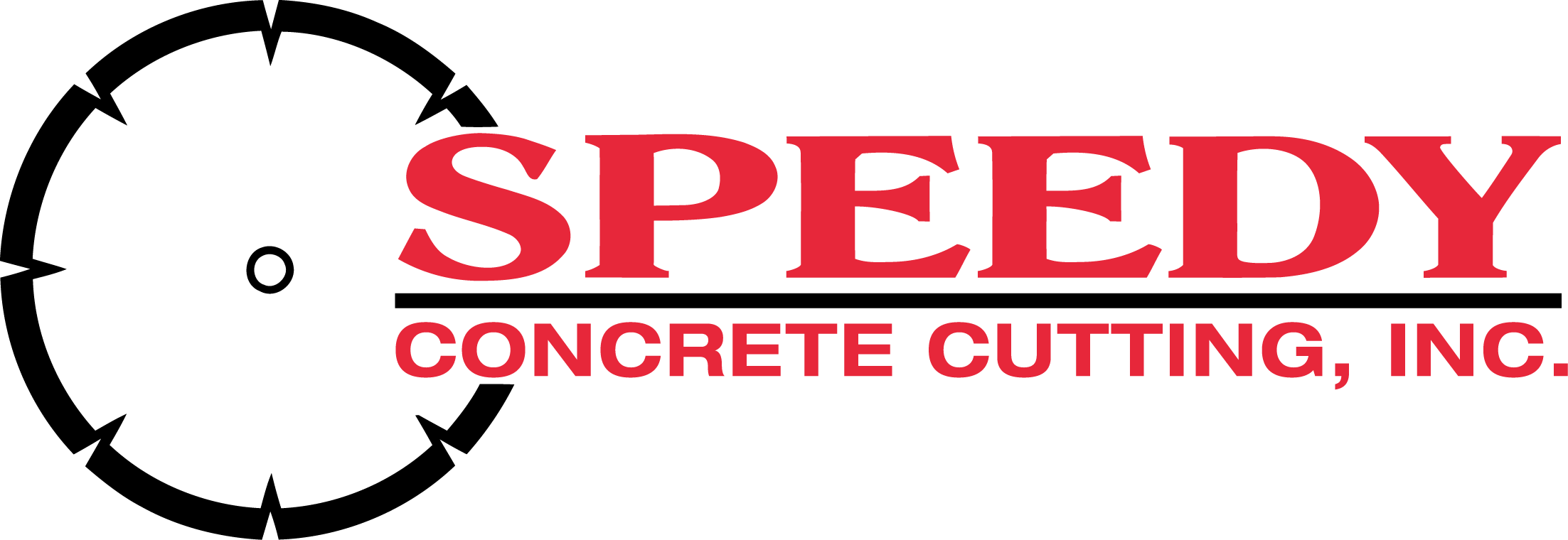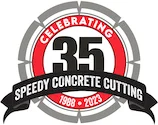
In a time of increasing complexity and constant change the need to create organizations where individuals learn together has become an important mission for those who seek to survive in a highly competitive and unstable environment. The concept of a learning organization was 1st introduced in 1990 by Peter M. Senge, an American systems scientist, a senior lecturer at the MIT Sloan School of Management, and the founder of the Society for Organizational Learning. In his revolutionary book, The Fifth Discipline: The Art and Practice of a Learning Organization, Dr. Senge, defined learning organizations as “organizations where people continually expand their capacity to create the results they truly desire, where new and expansive patterns of thinking are nurtured, where collective aspiration is set free, and where people are continually learning how to learn together”. Learning has now become the currency of survival in an era of constant change, however individuals at all levels within organizations struggle to learn how to learn. Needless to say, an organization can only learn through its members, and any limitations or resistance to learning the members have limit organizational learning. To help us understand some of the barriers to individual and organizational learning, Senge described seven learning disabilities, some of which are directly related to individual, and group level learning: I am my position We tend to confuse our jobs with our identities, when asked about our jobs, we usually answer describing the tasks we perform, and not the purpose we take part of. Identifying with the position gradually drives us to just do our jobs, put in our time, and try to cope with the forces outside of our control without having clear long-term goals. The enemy is out there The “enemy is out there” is the by-product of “I am my position”; we usually fail to see that we have any control or impact over other’s positions or functions within the organization. We focus on our specialty, taking only responsibility for our own work not realizing how it is affecting others in the company, and when things go wrong, we often place the blame outside ourselves. The illusion of taking charge We tend to mistake reactivity for proactivity; being ‘proactive’ by taking aggressive action against a single external cause of a problem… is reactiveness in disguise. The fixation on events Focusing on the events lead to events explanations. Such explanations may be true, but they distract us from seeing the longer-term patterns. In other words, focusing on short term events prevents generative learning. The parable of the boiled frog If we place a frog in boiling water, it will immediately try to scramble out. But if we place the frog in the room temperature water, the frog will stay up. We don’t perceive change because we don’t pay attention to slow and subtle movements just like a frog relaxes in a pot as its water is slowly heating up. The delusion of learning from experience We learn best from experience, but we never directly experience the consequences of many of our most important decisions. The most critical decisions made in organizations have system wide consequences that stretch over years or decades. With this disability, management protects itself from the threat of appearing uncertain or lacking knowledge in the face of collective inquiry, resulting in “skilled incompetence” (“people who are incredibly proficient at keeping themselves from learning”). Learning barriers at the organizational level include organizational features such as corporate culture and management practices. Others include failure to translate newly acquired knowledge into organizational policies, procedures, and routines as well as a focus on the exploitation of existing capabilities and opportunities, rather than experimenting. Environmental barriers pertain to markets, industries, technology, public policy, and external stakeholder concerns. Environmental factors are generally thought to be outside of our control as an organization. Peter Senge developed a framework that could help us overcome some of these ‘learning disabilities’ and master the art of learning. Senge described five disciplines to creating successful Learning Organizations. These disciplines are: Building Shared Vision Binding together around a common identity and sense of destiny”. This is the first step in unearthing our resistance to change, learning and building common understanding and commitment. Building a shared vision has the ability to foster genuine commitment rather than just compliance. Mental Models This step focuses on “the openness needed to unearth shortcomings in our present visions and perceptions”. The influence of our mental models and the way we see the world is a key point in directing our behavior; looking inside ourselves and bringing our beliefs, values, and assumptions to the surface, questioning and challenging them can help us see things clearer. Team Learning “Developing the skills of groups of people to look for the larger picture that lies beyond our individual perspectives”, this can be reached through dialogue in which we challenge our assumptions and mental models and start “thinking together”. By sharing experiences, skills, and insights, and by developing critical reflection we can create extraordinary results and we will be able to grow more rapidly. Systems Thinking “Understanding the whole picture”. Because we often have a hard time seeing the whole picture, and we focus on snapshots instead, Systems thinking help us see the hidden interrelated patterns, they allow us to see the undersurface components behind situations, and allow us to find better solutions instead of getting trapped by placing blame on each other. Personal Mastery Relates to self-awareness, how much we know about ourselves and the impact our behavior has on others. It is about having the right mental attitude, being committed to continually learning and evolving. Learning includes three different activities: thinking, communicating and cooperating. When our capacities to think, communicate and cooperate are enhanced, so becomes our ability to learn, and to better perform. Our responsibility as members of the same community united by a shared vision, working towards similar goals doesn’t stop at learning, our responsibility entails finding effective ways to share and transfer that knowledge among teams “Knowledge not shared is knowledge lost”. Our ability to learn faster than our competitors is our only path towards creating a sustainable competitive advantage, and ensuring continuity.

